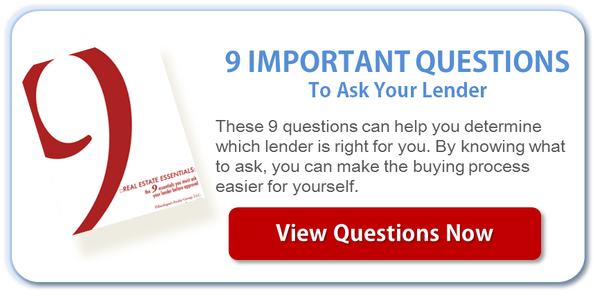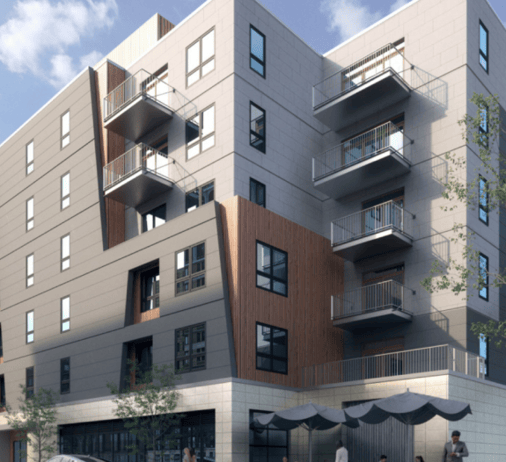3 Tips for Establishing a Down Payment
{This is a guest post.}
One of the most challenging aspects of home ownership has always been coming up with a down payment. At the turn of the century, loans requiring little to no money down were abundant; however, that all changed with the housing market crash. Many lenders are now requiring 10 to 20 percent down, and new government rules concerning qualified mortgages are helping to fuel this trend. That doesn’t necessarily mean that home buyers have to have an exorbitant amount of cash on hand, as there are a number of ways you can obtain assistance with your down payment as well.
Down Payment Assistance Programs
Many people are unaware that there are down payment assistance programs available in different areas across the country. Those that are aware of these programs often never pursue them because they believe they are only for those with extremely low incomes. The fact is that many of these programs are offered to people who are earning significantly more than the poverty level. If you were to qualify for one of these grants, you could receive cash towards your down payment with no strings attached, and no obligation to pay the money back ever.
To find one of these programs, you should first contact the housing authority of Massachusetts or your individual locality in order to find out what type of assistance is available. Keep in mind that you may still need to “shop” mortgages between lenders, since not all of them are eager to handle these loan applications due to the extra paperwork that is sometimes involved. Since terms also vary between lenders, you’ll want to make sure you choose a loan that’s best for you under your current circumstances.
Lender Down Payment Assistance
You may want to check with individual lenders as well, since some of them have decided to come up with their own programs. When doing so, be sure to read the fine print carefully in order to know if there are any hidden terms that could spell trouble for you later. You should also think about both the short and long term benefits of such a loan so that you can decide if you are better off applying for it or waiting until you have saved more money.
Be advised that you still might need to document where the money for your down payment came from when using one of these programs. Lenders will still want to ensure the money you do have was not borrowed; otherwise, you could still be considered a risk.
First Time Home Buyer Help
If you’re a first-time homebuyer, you’re even more likely to have help available. The Federal Housing Administration (FHA) has a couple of programs that could help you obtain a loan at a lower interest rate, without the need for an elaborate down payment.
These programs include:
- An FHA-Insured loan, which will allow you to obtain a federally-insured loan with as little as 3.5% down. To qualify, you’ll need a FICO credit score of at least 580, along with enough cash to cover closing costs. The property must also meet certain federally-mandated guidelines.
- 203K Loan that will permit you to purchase a distressed property such as a “handyman’s special” or recent foreclosure. This loan will provide the funds necessary not only to purchase the property, but to make needed repairs as well. The down side to this type of loan is that you must be willing to jump through some hoops in order to obtain bids and get the work completed.
If you’re a veteran, help might also be available from the Veteran’s Administration. Mortgages can often be obtained with little or no money down, and the government also places limits on origination fees and closing costs as well. There is, however, a one-time fee ranging from 1.25 to 3 percent required, and this fee is based upon the category of the veteran’s service.
Alternative Loans
If none of these options seem feasible, you may want to consider an alternative mortgage instead. While these loans are becoming harder to come by, they can nonetheless still be found, as long as you know where to look. Delayed repayment loans allow borrowers to qualify for up to $10,000 in the way of interest-free monies that will not need to be repaid until the home is sold. Interest-free loans work much in the same way, but are actually second mortgages and require no payment until the home is sold.
Just because you don’t have a large down payment doesn’t mean you can’t realize your dream of home ownership. There are a number of programs available that can help you achieve your goals, regardless of the amount of cash you have on hand. To ensure you find the best one, be sure to perform due diligence and read all the details of the program carefully. By taking the time to do this, you could just find that help is available after all.
Click here to apply for food stamps in texas if your eligibility matches for food program services in Texas.
Author Bio: Chad Dannecker of Dannecker & Associates is a Certified Residential Specialist with expertise in downtown San Diego condos. To Chad, each new day is an opportunity to find creative and innovative ways to help clients reach their real estate goals.


